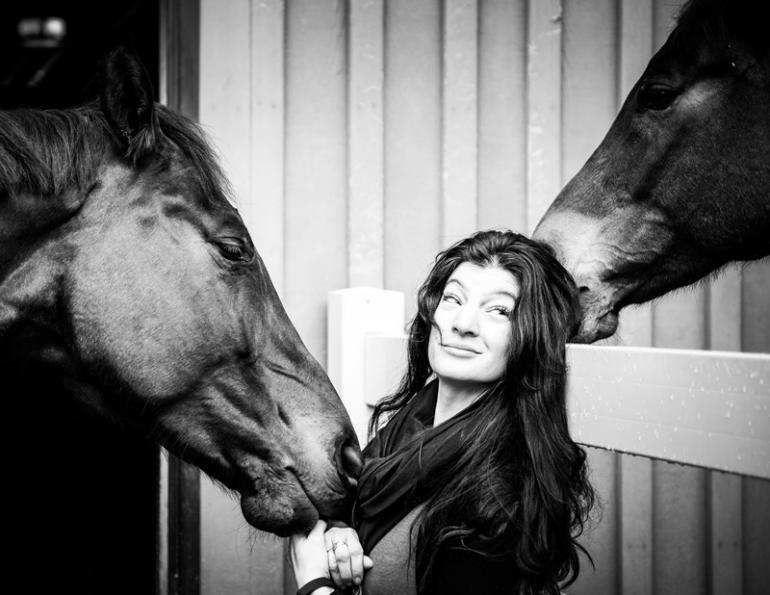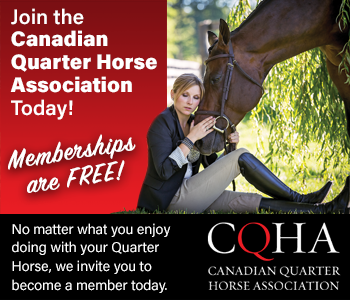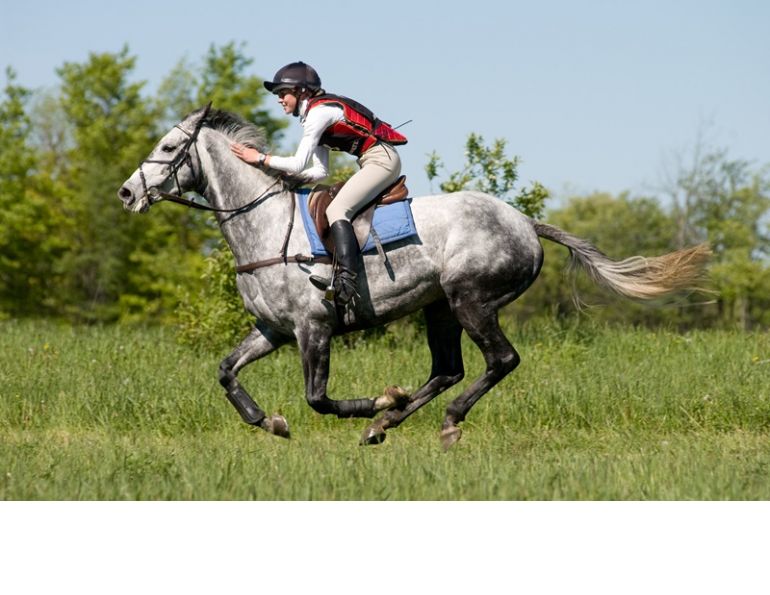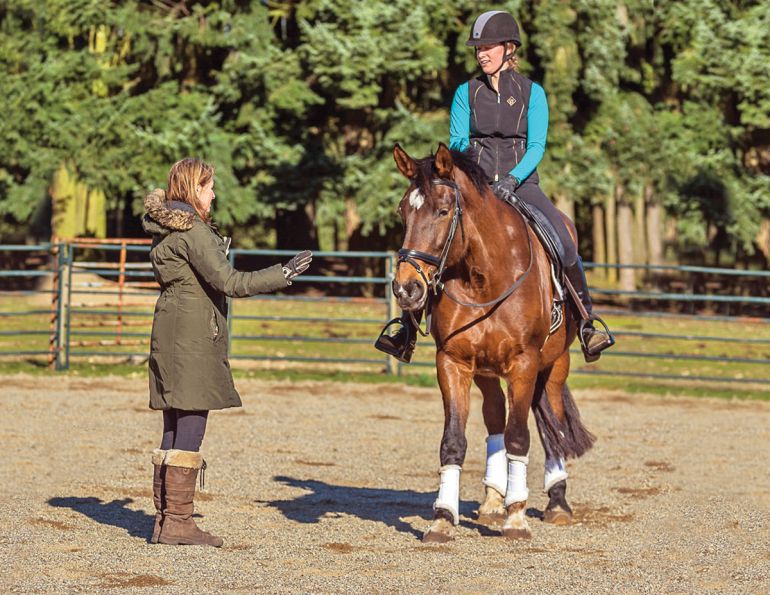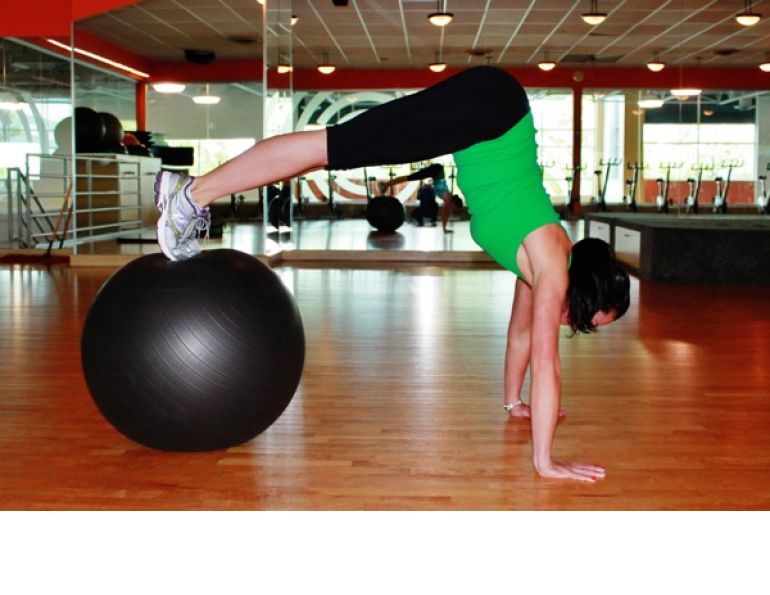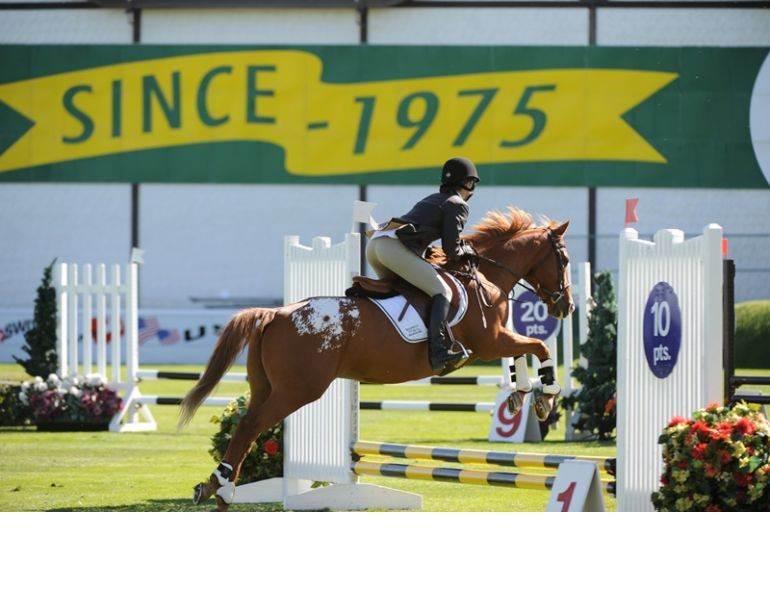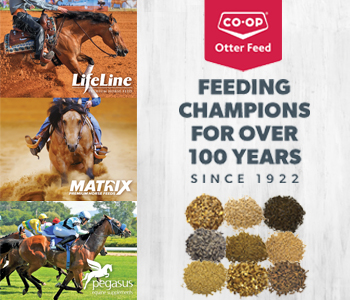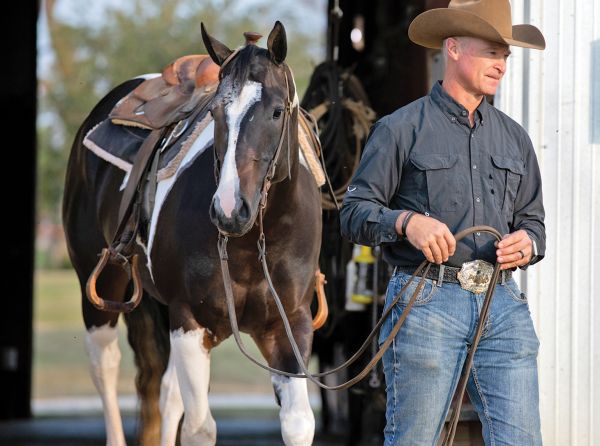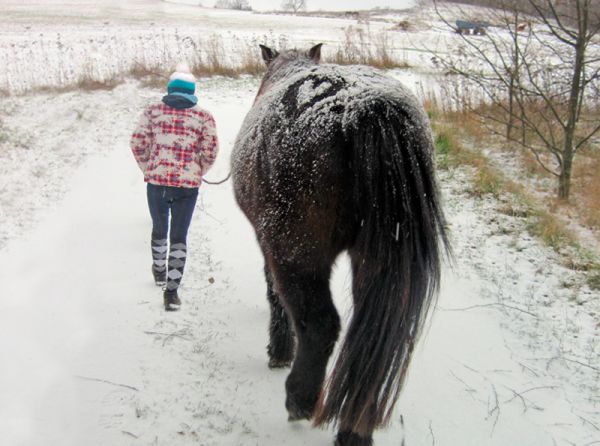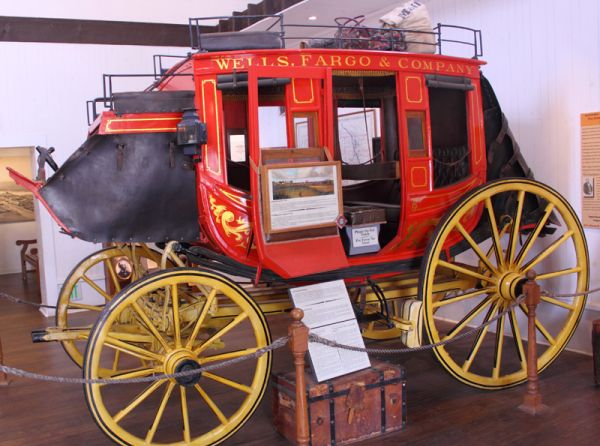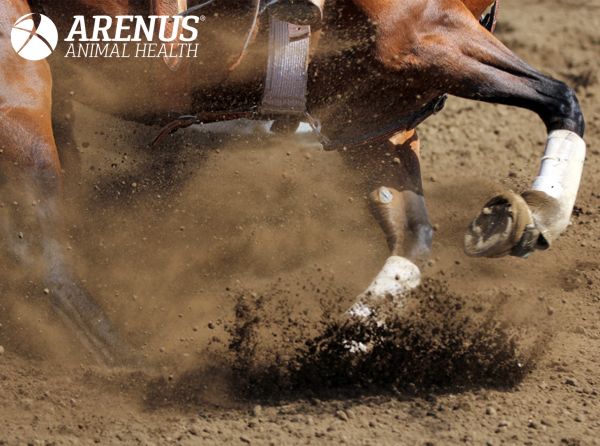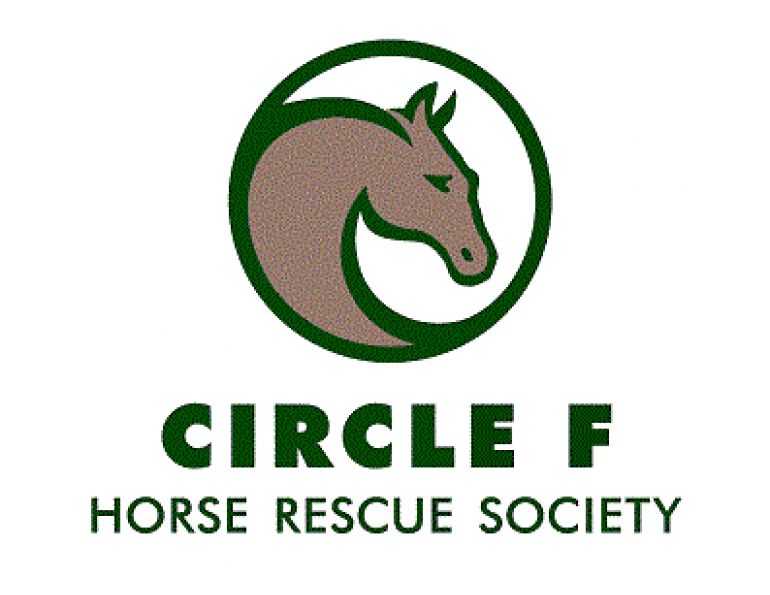Key Ingredients to Enhancing Rider Performance
By Sandra Verda-Zanatta
SVZ Dressage & F2R Fit To Ride Pilates for Equestrians
Do you have trouble keeping your legs long and sitting deep in the saddle?
Do you sit unevenly on your seat bones or weight your stirrups unevenly?
Does your horse consistently misunderstand your aids especially going one direction?
Do you have pain or stiffness in your lower back?
Do you tend to ride with rounded shoulders or rigid arms?
Many of these common issues are due to a lack of mobility and flexibility. Regardless of your equestrian discipline, becoming more supple and flexible can improve your rides and promote longevity in your chosen sport. So, let’s get started!
Flexibility and mobility are essential ingredients for rider success both in and out of the competition ring. Equestrian sports require sustained periods of correct, upright posture, dynamic balance and total body control, all of which are directly affected by the flexibility and mobility of muscles and joints.
Horses are highly sensitive, sentient beings who react to external stimuli and have an innate flight instinct. To achieve optimal performance, riders need to develop cohesive partnerships and clear communication systems with their horses. Focusing on maintaining a centre of balance, following the horse’s movement fluidly, and applying subtle, accurate cues are necessary to build a solid foundation of trust and confidence.
As discussed in previous articles, a strong core and lower back are integral for maintaining a stable mounted posture. However, mobility is also necessary in order to follow the horse’s movement. For example, the Hip Roll exercise helps to mobilize the lumbar spine, allowing riders to deeply and securely connect their seat to the saddle and the horse’s back during sitting trot. A deep, balanced seat facilitates smooth communication from rider to horse through subtle weight shifts for changes of direction, increases or decreases of tempo (speed of the rhythm), and to shorten or lengthen strides.
Flexibility of the legs and ankles is also essential to giving clear, effective aids at precise moments. If a rider has tight hamstrings or hip flexors often their leg will draw up when applying aids making them unclear, inefficient, and at times uncomfortable. Tightness can also impede coordination and smooth application of rider aids; this causes difficulty especially when riding a sequence of advanced technical movements such as half passes, multiple flying changes, or riding a line of jumps. Additionally, with tightness often comes weakness, so while we need to stretch these areas, we also need to identify if strengthening exercises are necessary. The Lower & Lift on the Bosu requires the hip flexors to activate from an extended position helping to build strength.
Another area requiring specific focus is the shoulders. Range-of-motion in the shoulder joint, scapula position, and stability directly affect a rider’s ability to maintain correct spinal alignment and posture, as does arm position. Correct arm position is an important factor for consistent, elastic contact and application of smooth, effective rein aids. The foam roller supports spinal alignment and causes the shoulders to relax into a neutral position, opening the front of the chest.
Overall, a rider’s goal should be to enhance their horse’s movement, not hinder it. As previously mentioned, flexible muscles and improved joint range-of-motion facilitate shock absorption and fluidity, allowing the horse to move with maximum ease and efficiency. This in turn reduces risk of injury, chronic pain, and poor movement patterns. Incorporating flexibility and range-of-motion exercises into daily routines can significantly improve comfort, safety, and effectiveness, ultimately supporting a harmonious partnership of the human-horse dyad. I encourage all of you to start today — your horse will appreciate it!
Following are some easy exercises to get started at home or at the barn.
F2R Exercises for Flexibility & Mobility – A 10-minute routine for every equestrian.
Related: Pilates for Equestrians
1. Foam Roller
a. Arm Circles
Lie flat on the foam roller with your head and whole spine supported. Keep knees bent with heels in line with your seat bones and knees in line with hip bone. Button your rib cage (make the gap between the front of your ribs/below sternum smaller - in other words, don’t pop your chest out, try to keep your spine flat on the foam roller) and draw your belly button towards your spine slightly to create a connection in your abdominals. Inhale your arms to the ceiling and exhale them around in a big circle.

This promotes correct postural alignment, range-of-motion through the shoulder joint, and allows the chest to open as you concentrate on keeping your core engaged.
Repeat 10 times.
Related: Essential Exercises for a Classical Riding Position
b. Arms Open & Close
Same beginning as above (for this exercise, you can use light weights), frame face with arms, elbows wide, then draw forearms towards each other and slowly open back to starting position. Focus on feeling the shoulder blades move, keeping lower back gently pressing onto the foam roller.

Repeat 10 times.
This exercise is excellent for opening the chest, stretching and strengthening pectoral muscles, improving shoulder mobility and range-of-motion, helping to maintain an upright posture, and correct alignment of the upper body.
Related: Mounted Exercises to Improve a Horse Rider's Seat and Effectiveness
2. Hip Rolls
Lie flat on your back with your knees bent, heels in line with your seat bones, knees hip-width apart. Put a ball between your knees to promote correct alignment.
Keep shoulders flat and relaxed. Inhale, tilt your pelvis slightly into a posterior tilt, exhale, peel your hips up slowly. Keeping your core engaged, squeeze your glutes and push into your feet — you should feel more glute engagement. Hold position and inhale, then exhale and roll slowly down.

Repeat 10 times.
This exercise helps to mobilize lumbar spine, activate glute muscles, and promote inner thigh connection, which helps activate the pelvic floor and transversus abdominus (lower abdominals).
3. Hip Flexor Stretch
This exercise can be done standing or on knees. The important factor is to keep weight on the back leg, and upper body straight and back slightly. Hold this stretch for at least 20 to 30 seconds, then relax and repeat. This exercise helps stretch hip flexors and improve hip mobility.

Repeat three times each side.
Related: Essential Exercises for the Perfect Sitting Trot
4. Hamstring Stretch
Lay on the floor with flex band around one foot, leg extended towards the ceiling. Keep pelvis in neutral with the other knee bent and foot flat on the floor. Take tension on the flex band until you feel a stretch through the back of your leg, hold for 20 to 30 seconds (remember to keep breathing), then release the tension slightly for five seconds and repeat.

Repeat three times each side.
Keep leg straight and anchor tailbone and seat bones to the floor. This will isolate the stretch to the hamstring. Dorsiflex (pull toes up towards knees) your foot to stretch calf muscles. Alternating between flexing and pointing toes is beneficial to promote ankle range-of-motion and flexibility, improving shock absorption when feet are in the stirrups.
5. Bosu Leg Circles
Lay on the floor with your hips up on the Bosu, legs straight up towards ceiling. Pelvis in neutral position with core engaged. Slowly split legs keeping lumbopelvic region stable, circle legs around and back to the starting position.

Repeat 10 times then reverse the direction.
This exercise improves hip mobility as you focus on stabilizing your pelvis on an unstable surface requiring more focus on lower abdominal connection.
Related: Achieving Perfect Harmony with Your Horse: The Key to Effortless Riding
6. Bosu Lower & Lift
Lay on the floor, hips up on the Bosu, legs straight towards the ceiling. Squeeze inner thighs together, keep pelvis in neutral, slowly lower legs down (do not allow lower back to arch away from the floor); if this happens, lift legs up and only lower as far as you can keep core connection and lumbar stability.

This exercise promotes core strength as well as hip flexor strength. It’s important to note that tight hip flexors are often also weak. There needs to be a balance between improving flexibility and strengthening.
Do three sets of 8 to 12 repetitions per set.
Related: Why Curiosity is an Essential Mindset in the Saddle - Psychology for Equestrians
Related: Equestrian Psychology - Remain Calm and Ride On
Photos are courtesy of Sandra Verda-Zanatta.





